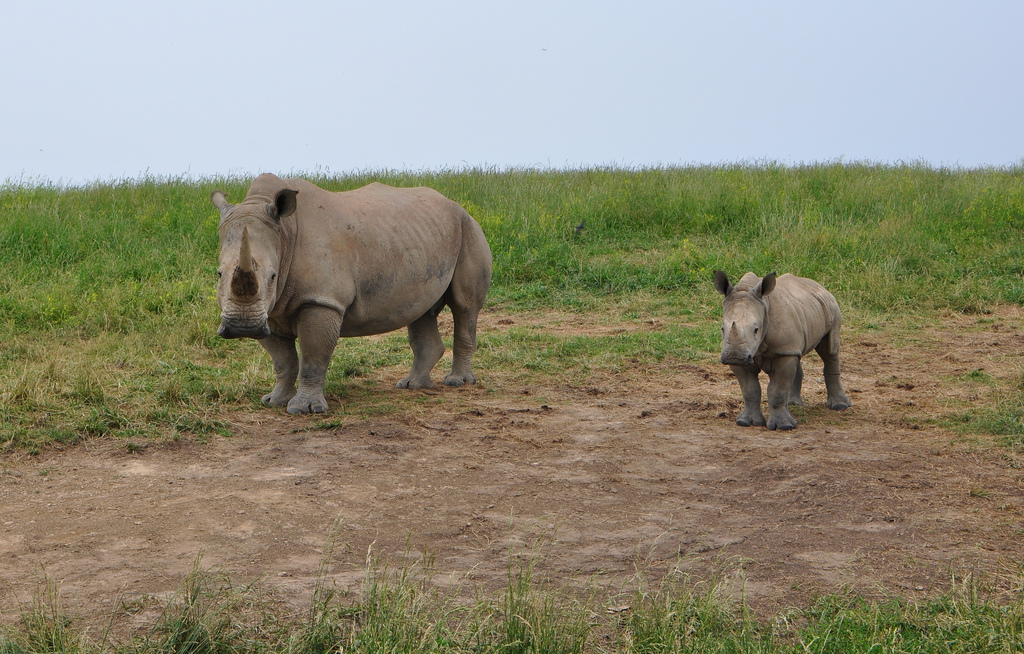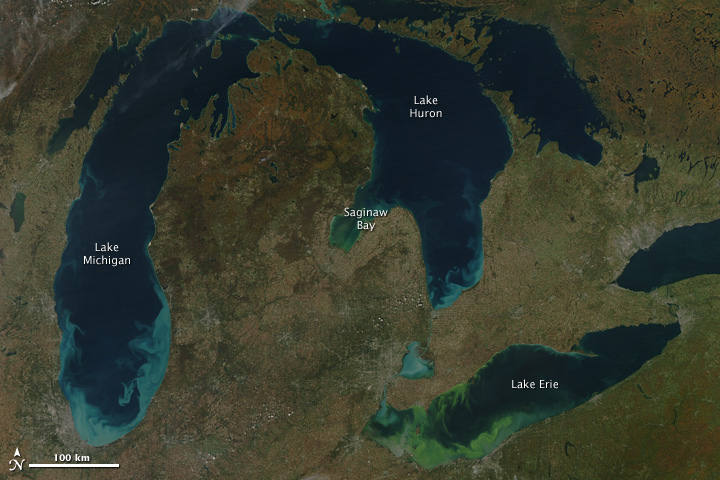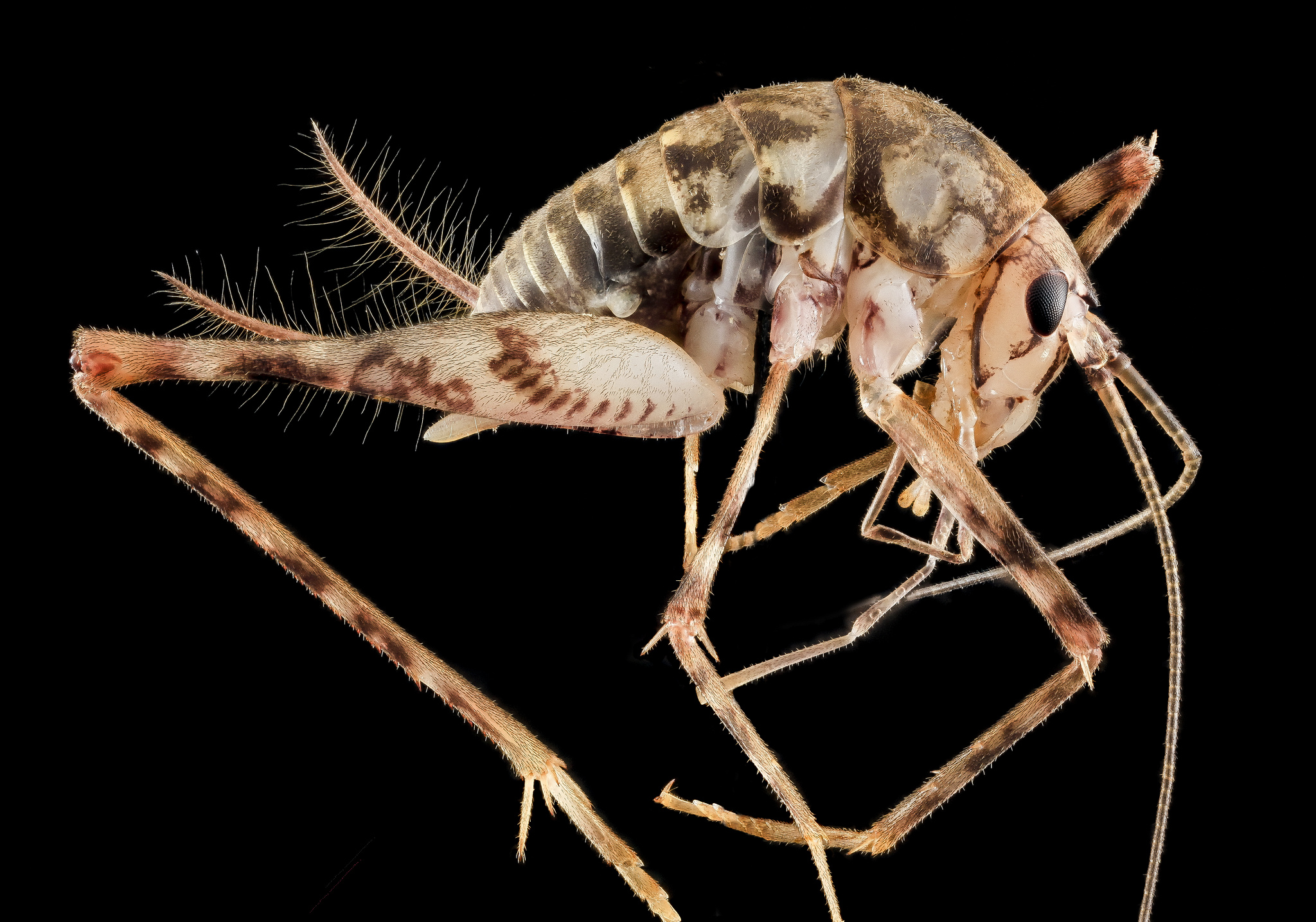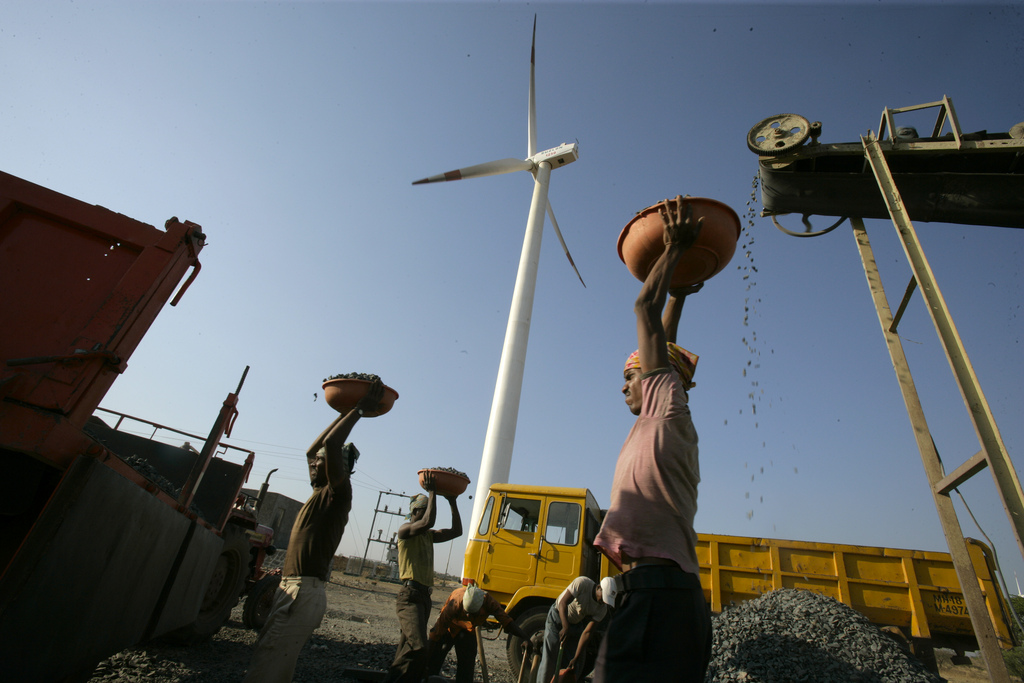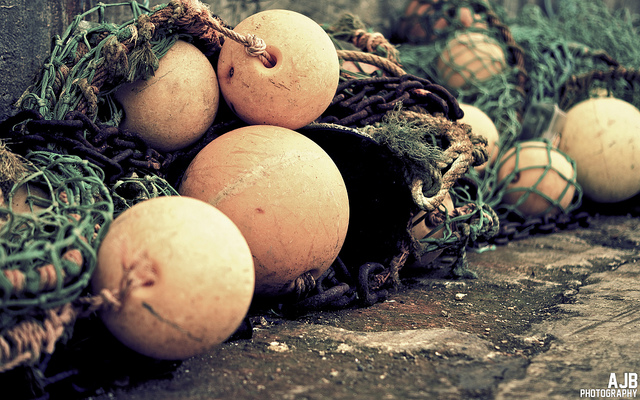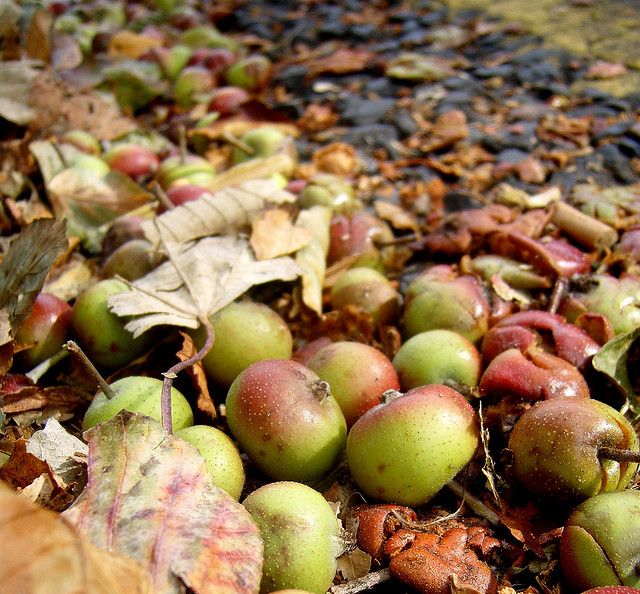Economy and Policy
Algorithms and ecology: A new partnership.
If you shop online, this is a familiar scenario: You click on a product like a book, and the online merchant presents you with a list of related items. “If you like X, you might also like Y.” Behind the scenes, the merchant has assigned a series of attributes to each product. For instance, the new Sibley Guide to Birds is classified as nonfiction, recent, about nature, about birds, illustrated, a field guide, and so on. Based on that information, the merchant might suggest a different bird book, or a memoir about birding.
[Read more…] about Algorithms and ecology: A new partnership.
Phthalates in food
Several years ago, phthalates were making headlines. There was growing public awareness that these harmful chemicals were commonly found in children’s toys, specifically those made of plastic. Concern rose over babies and small children ingesting the chemicals by putting toys in their mouths, and with good reason – phthalates are endocrine disruptors and are thought to interfere with reproductive hormones, particularly in boys.
Airlifting rhinos
When it comes to the issue of poaching in Africa, attention is often focused on elephants. Yet theirs is not the only population being decimated by poachers – rhinos, too, are being pushed to the brink of extinction.
Holy Toledo!
Tiny blue-green algae brought Toledo, Ohio’s municipal water system to a halt this summer. Toxic blooms left residents scrambling for bottled water to meet their drinking, cooking, and washing needs.
Saving energy and birds
A comprehensive study by the Smithsonian Institution and the US Department of Fish and Game this year found that hundreds of millions of birds are killed each year in the United States as a result of collisions with buildings. Given that a large number of bird species in this country are in significant decline, the building collision problem is a serious one.
The Asian camel cricket
There’s a new invasive species to be concerned about: the Asian camel cricket.
The virtues of organic produce
Do you eat organic produce – or go conventional? It’s a hot-button issue. Organic fruits and vegetables are more expensive than conventionally grown counterparts. Some think ‘organic’ labeling is smoke and mirrors – a marketing ploy to make consumers think they’re eating healthier.
Renewables in China and India
As western industrialized nations make the transition over to renewable energy sources, there is great concern about what is going on in China and India. These two nations have the largest populations in the world and both are undergoing rapid and dramatic industrialization.
More efficient solar panels
The most important metric for solar panels is the cost of generating a given amount of power. As this number drops, the case for using solar power becomes increasingly compelling.
The length of a bee’s tongue
Most of us have probably never given much thought to the length of a bee’s tongue – or, for that matter, the fact that bees even have tongues. Yet new research suggests tongue length may be a key factor in bees’ ability to survive their ever-changing environment.
Agrihoods

Residential amenities are typically thought of in terms of golf courses and fitness centers. But at new type of neighborhood popping up all over the U.S., the main attraction is a farm. Called ‘agrihoods,’ these communities center around farm-to-table living.
Light rail systems really help
More and more American cities have been adding or expanding light rail systems in recent years. Notable examples over the past decade include Los Angeles, San Francisco, Portland, Dallas and Denver.
Hellbender populations
North America’s largest salamander is disappearing at an alarming rate. Hellbenders commonly reach two feet in length and have a life span of up to 30 years. They are the third-largest salamander in the world, after the Chinese giant salamander and the Japanese giant salamander.
Throwing away fish
The worldwide fishing industry is in danger. If current trends continue, it could collapse by 2050 because three-quarters of the world’s fish stocks are being harvested faster than they can reproduce. Some 80% of fish species already are fully exploited or are in decline and the great majority of all large predatory fish already are gone.
Turning food waste into biogas



